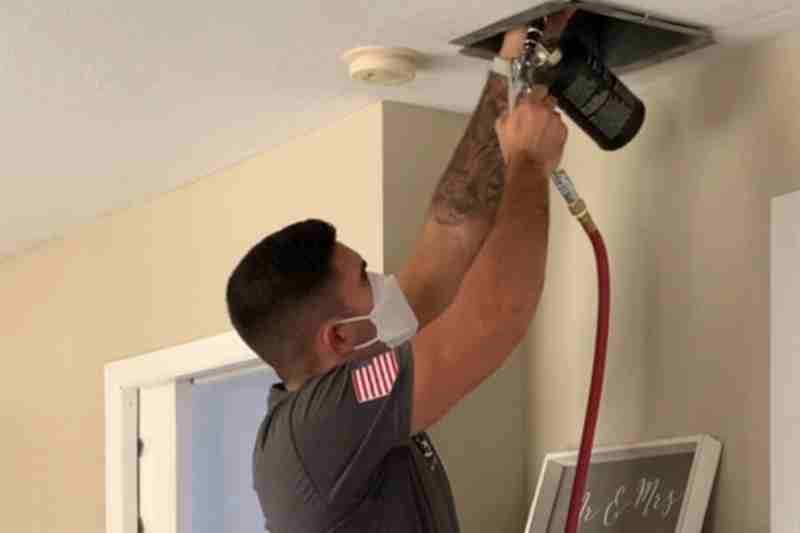Business
Cardboard vs. Foam Wine Packing Boxes: Pros, Cons, and Best Uses

Shipping wine bottles is an art that combines protection, presentation, and practicality. Choosing the right packaging is essential to ensure every bottle reaches its destination intact and appealing. When it comes to wine packing boxes, two popular choices dominate the industry — cardboard and foam. Both materials offer unique benefits and suit different shipping scenarios. In this guide, we’ll explore their pros, cons, and best uses so you can make an informed decision for your wine business.
Understanding the Role of Wine Packing Boxes
Before diving into the comparison, it’s important to understand why wine packing boxes play such a crucial role in the logistics process. These boxes are designed not just to hold bottles but to shield them from temperature variations, vibration, and impact during transit. Whether you’re a small winery, a retailer, or an online seller, the right packaging can make or break customer satisfaction.
At Wine Shipping Boxes, we believe that great packaging goes beyond safety — it enhances brand perception, supports sustainability, and ensures regulatory compliance during transport.
Cardboard Wine Packing Boxes: Lightweight and Eco-Friendly
What Are Cardboard Wine Boxes?
Cardboard wine boxes are made from corrugated or layered paperboard materials that provide structural strength and flexibility. These boxes are often customized with inserts or dividers to keep each bottle secure.
Cardboard packaging is one of the most widely used options in the wine industry because it’s affordable, recyclable, and easy to brand.
Advantages of Cardboard Wine Packing Boxes
1. Sustainability and Eco-FriendlinessCardboard boxes are an environmentally responsible choice. Most are made from recycled paper and are fully recyclable after use. This makes them ideal for eco-conscious wineries looking to minimize their carbon footprint.
2. Lightweight Yet StrongCorrugated cardboard offers a high strength-to-weight ratio. It’s light enough to reduce shipping costs yet strong enough to protect bottles from basic handling impacts.
3. Customization and BrandingCardboard packaging provides a smooth surface that’s easy to print on. You can showcase your logo, label, or brand story directly on the box. At Wine Shipping Boxes, our cardboard designs are customizable to match your winery’s branding, helping you create a premium unboxing experience.
4. Cost-EffectiveCompared to foam, cardboard is much more affordable to produce and transport. It’s a practical choice for bulk shipments or large-scale distribution.
Disadvantages of Cardboard Wine Boxes
1. Limited Shock AbsorptionWhile sturdy, cardboard doesn’t provide the same level of cushioning as foam. In high-impact or long-distance shipping, bottles may be more vulnerable to vibration and breakage.
2. Moisture SensitivityCardboard can weaken or deform if exposed to humidity or liquid spills. This makes it less suitable for shipments that may encounter damp environments unless reinforced with coatings or liners.
3. Moderate InsulationCardboard offers minimal temperature control. For wines that require stable temperatures, such as premium reds or whites, you may need to combine it with insulated liners or cooling packs.
Foam Wine Packing Boxes: Maximum Protection and Temperature Control
What Are Foam Wine Boxes?
Foam wine boxes are crafted from materials like expanded polystyrene (EPS) or polyethylene foam. These boxes are designed to provide superior cushioning and thermal insulation, making them ideal for fragile or temperature-sensitive wines.
Foam inserts are often molded precisely to fit specific bottle shapes, ensuring a snug and secure hold throughout transit.
Advantages of Foam Wine Packing Boxes
1. Superior ProtectionFoam provides unmatched shock absorption, significantly reducing the risk of damage from drops or vibrations. Each bottle sits securely in its own compartment, preventing movement during shipping.
2. Excellent InsulationFoam acts as a natural thermal barrier, maintaining temperature stability during transport. This is especially valuable for wines that are sensitive to heat or cold fluctuations.
3. Reusable and DurableHigh-quality foam inserts can be reused multiple times without losing their protective qualities. This makes them ideal for winery-to-retailer shipments or subscription box services.
4. Perfect Fit and StructureFoam can be molded to match the shape of different wine bottles — from standard 750ml to larger formats. This precision fit minimizes the risk of bottle collisions.
Disadvantages of Foam Wine Boxes
1. Environmental ConcernsFoam is not as eco-friendly as cardboard. While some types of foam can be recycled, the process is more complex and less widely available.
2. Higher CostFoam packaging generally costs more to manufacture and ship due to its bulkier size and specialized molding process.
3. Limited Aesthetic AppealFoam boxes focus on function rather than form. They’re less visually appealing compared to printed cardboard packaging and don’t offer as much room for branding.
Best Uses for Cardboard Wine Packing Boxes
Cardboard boxes are ideal for:
- Local deliveries where the risk of temperature fluctuations is low.
- Retail display packaging, where branding and visual presentation matter.
- Eco-conscious brands that prioritize recyclable materials.
- Bulk shipments that need to stay cost-efficient.
At Wine Shipping Boxes, our cardboard options can be customized with inner dividers, reinforced corners, or insulation liners for added protection. This makes them versatile for both short-distance and medium-range deliveries.
Best Uses for Foam Wine Packing Boxes
Foam boxes are best suited for:
- Long-distance and international shipping where vibration and impact risks are high.
- Temperature-sensitive wines that require consistent conditions.
- High-value or collectible wines that demand maximum protection.
- Subscription or gift deliveries where presentation and product safety are equally important.
Many businesses prefer combining foam inserts with an outer cardboard shell for added durability and aesthetic appeal. This hybrid packaging offers both protection and branding opportunities.
Which Type Should You Choose?
Your choice between cardboard and foam wine packing boxes ultimately depends on your business needs:
- If your focus is eco-friendly packaging and cost efficiency, go for cardboard wine boxes. They’re lightweight, recyclable, and customizable.
- If your wines require temperature control and maximum shock protection, foam boxes are the superior option.
At Wine Shipping Boxes, we help wineries and retailers find the perfect balance. Our range includes customizable cardboard and foam packaging solutions designed to meet both sustainability and safety goals.
Final Thoughts
In the world of wine logistics, packaging is more than just a container — it’s the guardian of flavor, aroma, and brand value. Whether you choose cardboard or foam, investing in the right wine packing boxes ensures your product arrives as intended: secure, presentable, and ready to impress.
For wineries looking to combine sustainability with strength, or for retailers needing high-performance protection, Wine Shipping Boxes offers solutions tailored to your shipping demands. From eco-friendly cardboard to precision-molded foam, we’re here to help you ship your wine with confidence and care.
Source:
Click for the: Full Story
You might like













 Close Menu
Close Menu